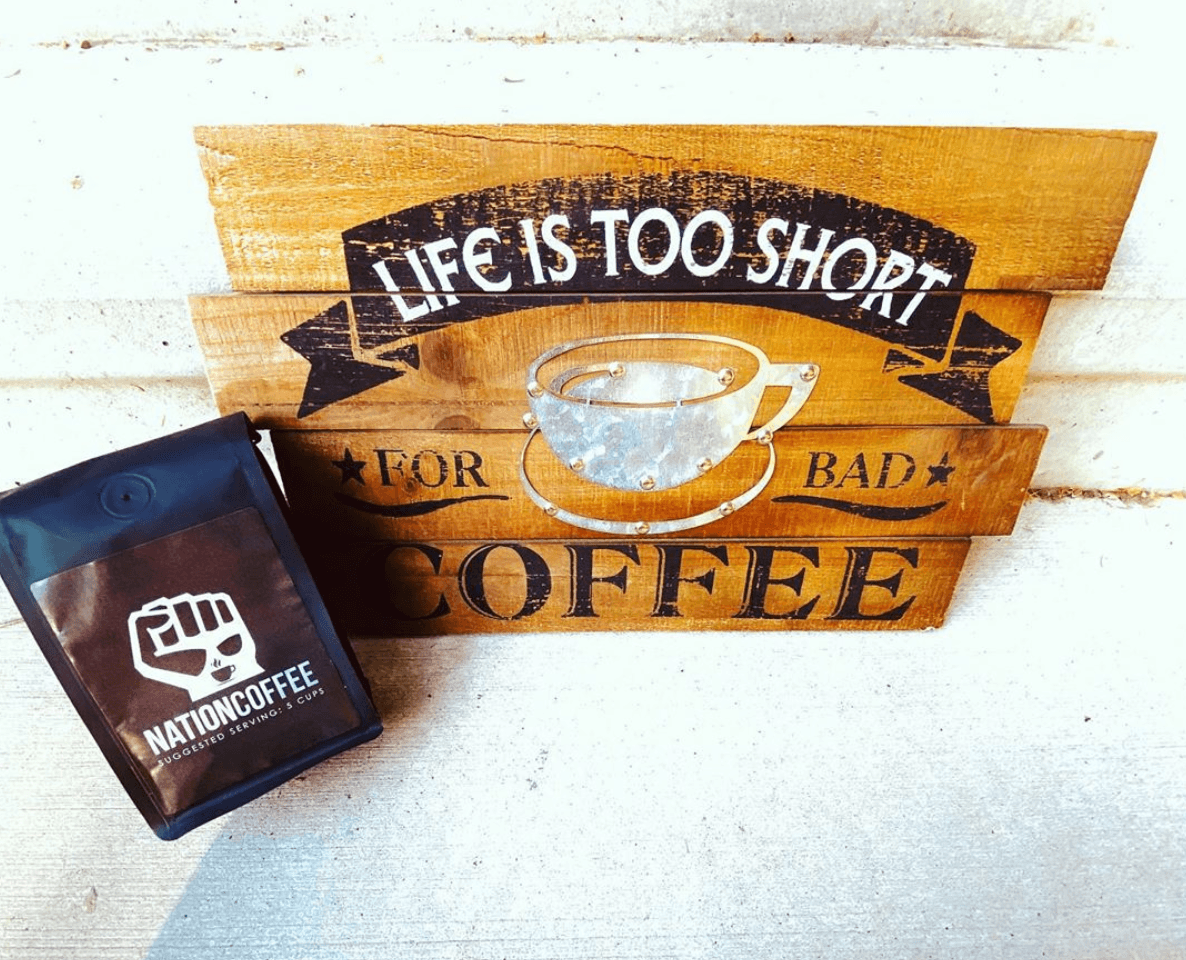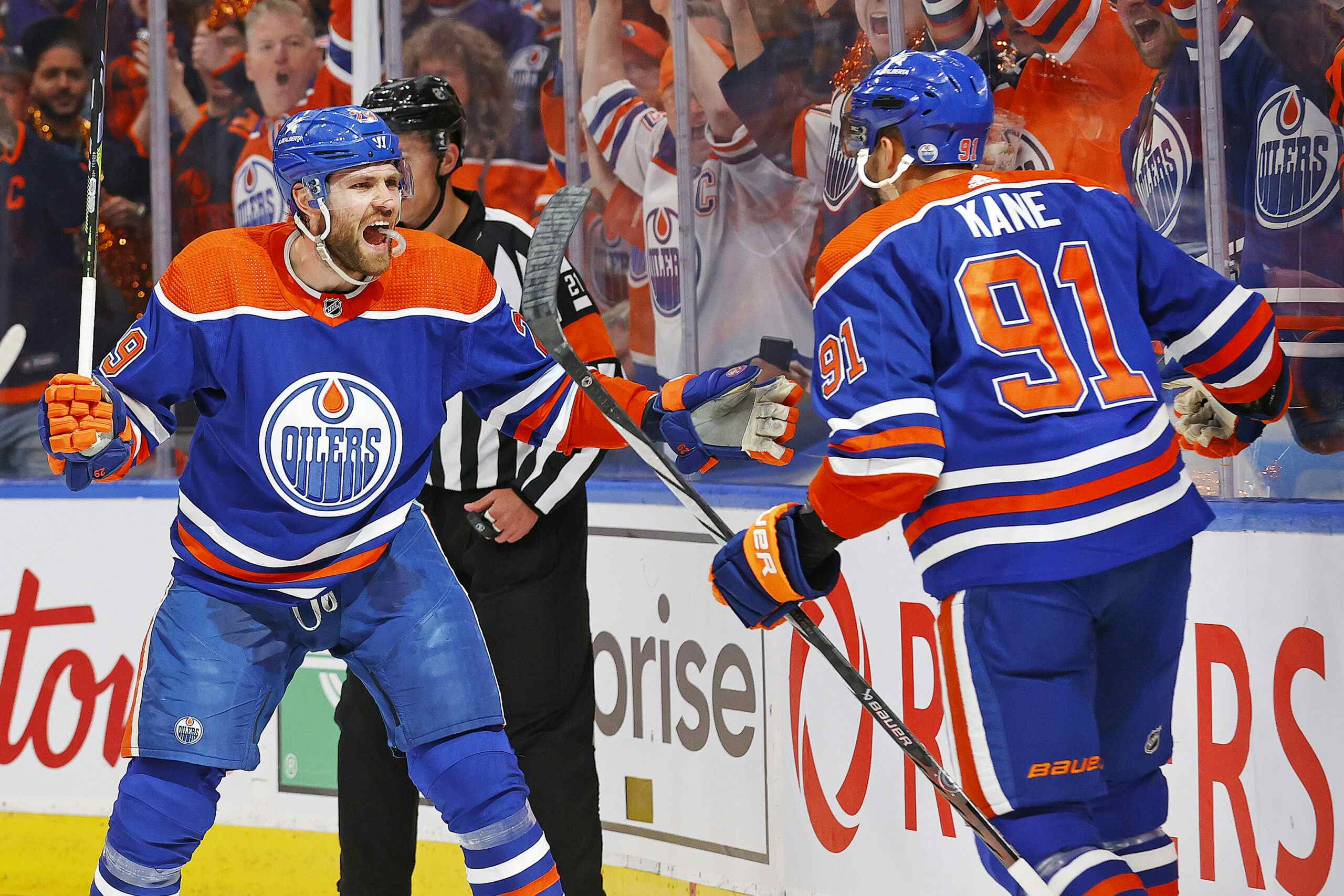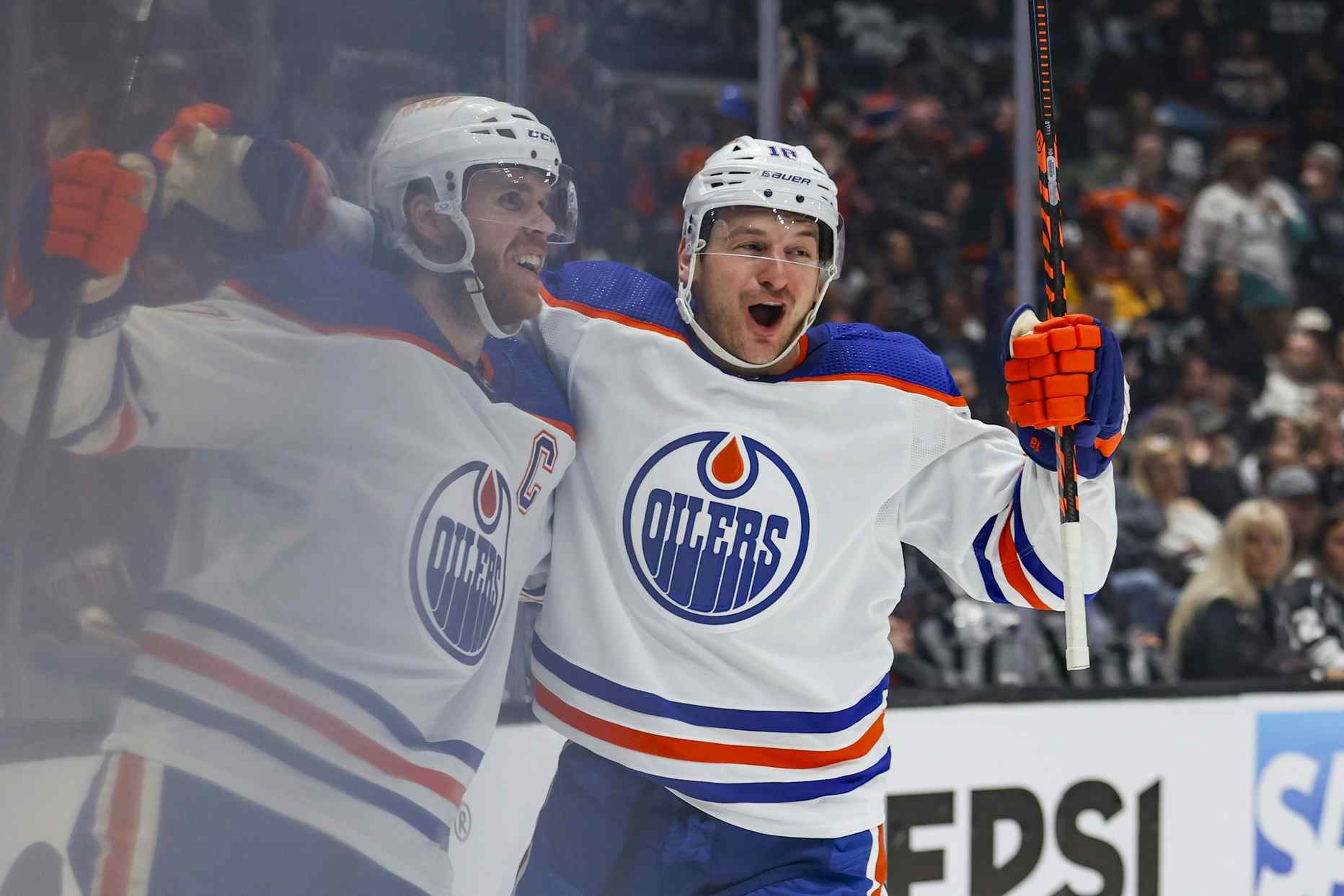Morning Coffee: Details on the new Collective Bargaining Agreement and Return-to-Play plan emerge as the NHL and NHLPA inch closer to a deal

By Cam Lewis
3 years agoMorning Coffee is a weekly column about interesting stories from around the league, brought to you by NATIONCOFFEE.
We’re almost there.
The NHL and the Players’ Association are nearing a tentative memorandum of understanding on a new Collective Bargaining Agreement along with a comprehensive Return-to-Play plan. The entire Players’ Association will vote on the all-encompassing proposal in the next few days, and, if it passes, there’s a green light for summer hockey.
I’ll break down the important points involved in the new CBA and the RTP proposal…
Important Dates
Training camps are set to open on July 13 and teams are then expected to head to either Edmonton or Toronto by July 26. Games are slated to kick off on Aug. 1 and, if everything goes according to plan, the Stanley Cup would be awarded during the first week of October.
The second lottery to determine who the infamous “Team E” is will happen on Aug. 10, which would be right after the play-in round. That’ll certainly be an incredibly hyped television event. Pretty convenient for the NHL, huh?
The draft itself will happen at some point in mid-October, but there isn’t a set date yet. Free Agent Frenzy, as I pointed out a few days ago, will be on Nov. 1.
No details have surfaced about the 2020-21 season yet. Pierre LeBrun reported that the league is still aiming to play a full 82-game season. That would obviously be a challenge. The 2020-21 season couldn’t get started any earlier than the beginning of December, meaning even if you removed the All-Star break and bye weeks, the Stanley Cup still wouldn’t be awarded until August.
That would, again, shove the league’s entire calendar (the draft, free agency, and so on) back to the fall and we’re back at square one with a delayed start to the 2021-22 season. Surely the NHL can’t operate forever on this current calendar, so, at some point, a sacrifice will have to be made.
Opting Out
A key part of the Return-to-Plan negotiation from the perspective of the Players’ Association was allowing players the ability to opt-out of playing in this summer’s tournament without any ramifications.
Players will be allowed to choose to not play this summer if they want and there doesn’t have to be any preexisting medical condition in order to validate it. If a player wants to stay at home with their family, that’s their choice.
The league is also doubling this year’s playoff bonus pool from $16 million to $32 million, which could serve as a motivator for those who are the fence about playing. A player’s share on the Stanley Cup-winning team would be around $240,000. That might not be huge for somebody like Connor McDavid, but it is for a depth player making around $1,000,000.
Another note about the summer tournament, players will be required to wear masks while in the quarantine bubble. Each player will also get their own hotel room.

Money Stuff
The players owe the owners a bunch of money.
They’ve been paid $2.5 billion this season in salaries which will end up being much more than the agreed-upon 50/50 split between players and owners. It’s difficult to project what the final revenue will end up being, but the players could end up owing the owners as much as $500 million when 2019-20 is all said and done.
The players have agreed to use their final paycheque from the season, which had been deferred until this point, to pay off their debt. But that’s only a start. The players will be paying back over the next few years.
Here’s where we get to perhaps the most important point of this negotiation — escrow.
The Players’ Association has negotiated a cap on escrow percentages that will ultimately protect them from having massive portions of their salaries withheld as the league navigates this murky financial situation. The cap, year by year, is as follows…
2020-21: 20 percent
2021-22: 14-18 percent (TBD)
2022-23: 10 percent
2023-24: 6 percent
2024-25: 6 percent
2025-26: 6 percent
2021-22: 14-18 percent (TBD)
2022-23: 10 percent
2023-24: 6 percent
2024-25: 6 percent
2025-26: 6 percent
This is a big win for the players. They usually would have roughly 15 percent of their salaries put into an escrow account, so whittling that number to a cap of six percent by 2023 is a pretty big game-changer.
“A. escrow and B. escrow,” Jonathan Toews said about a year ago when asked what the two biggest issues in labour talks were for the players.
And, as expected, the salary cap will remain at $81.5 million for 2020-21. While there has been speculation that it could remain stagnant for a few years after that, there isn’t any agreement in place in the new CBA, so that’ll be something figured out as time goes along. A big part of the salary cap going up, of course, will be tied to revenue. So, if there are fans in the seats for an entire 82-game season in 2020-21, the 2021-22 cap could be higher. But that’s obviously wildly optimistic.
Contract Alterations
There are a few changes that are going to be made to player contracts with this new CBA…
- No-trade and no-movement clauses will travel with players even if they’ve been waived or if they haven’t kicked in. So if a player waives their no-trade clause to get dealt, they’ll have that same no-trade clause with their new team.
- It’ll be more difficult to heavily front-load contracts. For high-value, front-loaded long-term deals, salary variability from the highest year to the lowest year will go from 50 percent down to 35 percent.
- Players aged 35+ will be able to sign multi-year deals without a cap penalty for retirement. Previously, if a 35+ player signed a multi-year deal and retired before it ended, the team would still get charged that cap hit.
- There will no longer be conditional draft picks traded that are associated with players re-signing.
- There will no longer be European Waivers. Remember when Ryan O’Reilly was going to have to clear waivers in order to sign an offer sheet with the Flames a few years back? Players will now be able to freely join an NHL club after playing in Europe so long as they reach a deal before Dec. 15.
The Olympics
I wrote about this a few days ago, but the new CBA will feature a guarantee that the NHL will participate in the 2022 and 2026 Olympics, barring an agreement with the International Olympic Committee. The players were very upset about not participating in Pyeongchang in 2018, so this is another win for them.

What does it all mean?
More details, especially around what life will look like in the quarantine bubble, will come out after the deal is agreed upon, but this is what we know right now.
All told, it’s a pretty good deal for the players, considering the circumstances, so it’s hard to imagine that the Players’ Association won’t vote it though. I had speculated last week that this negotiation could get ugly when Artemi Panarin tweeted about eliminating escrow, but things have seemingly gone smoothly.
I mean, it’s difficult not to see the public gong show that Major League Baseball and the MLB Players’ Association just went through and the negative outcomes it had for baseball’s image. Both sides surely wanted to get a deal done for the long-term health of the league.
Recent articles from Cam Lewis





